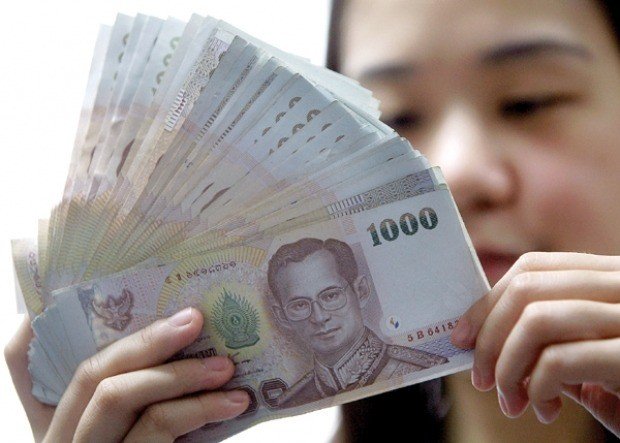The Thai baht’s heady gains are petering out, thanks to slowing growth and a central bank that’s bent on taming the currency’s strength.
After clocking an 8 percent rise this year, Asia’s best-performing currency is losing momentum as easing United States-China trade tensions damp its appeal as a haven. Falling yields on local bonds and equity outflows are adding to the pressure.
The baht has defied the broad weakness in regional currencies as investors sought refuge in Thailand’s safe but low-yielding debt.
A hefty current account surplus and a sizeable pile of foreign reserves helped reel in global funds.
But, the tide has started to turn. The baht has climbed just 0.1 percent in December, making it the region’s worst-performing currency.
It has dropped 0.2 percent to around 30.2 per US dollar since rallying to the strongest in more than six years in October.
The baht may continue this underperformance if US-China trade relations improve further as Bloomberg’s analysis of 19 emerging-market currencies shows it’s among those that are least responsive to the yuan’s move.
The baht’s retreat in December came as the central bank lowered its economic growth forecasts, citing global risks.
November trade data due Monday may confirm the slowing trend, with the nation forecast to have recorded its first trade deficit since April as both exports and imports shrank.
The baht is expected to decline 1 percent to 30.5 per US dollar by end-2020, a performance that would put it behind all but three of its Asian peers, according to a Bloomberg survey of analysts.
If Thailand’s growth weakens, this could fuel further selling in Thai stocks and weigh on the baht.
The 12-month foreign outflow from domestic equities is already above the five-year average.




